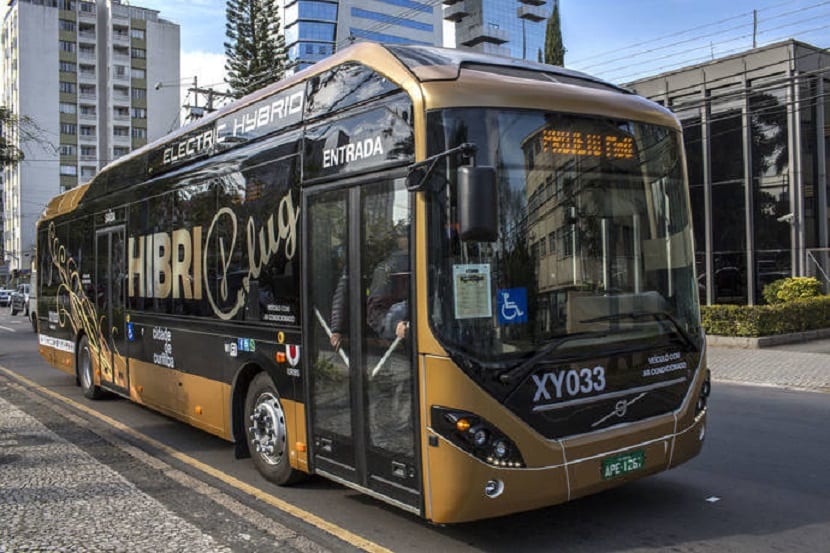
More and more we see renewable energy innovations such as super projects of wind farms, solar farms, etc. at the same time that we see innovations with electric cars.
However, electric cars are just the tip of the iceberg and it is because of many cars of this type that we can find ourselves circulating in our cities The problem we have of CO2 emissions would not end.
This is straightforward since we are not prepared to produce the amount of energy necessary to operate these vehicles without emitting CO2 as well as renewable energies have not succeeded in making their way into transport as to be able to replace the combustion engines.
Although the latter we are developing more and more and every day we are closer to taking a big step in this advance.
Solar energy is getting cheaper and more efficient
So much so that even in the most remote places in the world renewable energies start to be enough efficient and cheap as to be introduced and better yet, we can see them in transport.
By this I mean specifically the tapiatpia, name that gives rise to the boats of a project whose function is two things: link the Amazon and be able to do without damaging the environment in the process.
This boat known as Tapiatpia in indigenous villages between Ecuador and Peru is a solar boat which is capable of traveling more than 1.800 km of jungle rivers in about 25 days.

The promoter of this project, Oliver Utne told the New York Times that "The idea is to use the ancestral highways that are the rivers: highways that are ready and do not deforest"
After five years with the project underway, Oliver has just made his first test ride with the idea of being able to unite a large part of the ecuadorian jungle that today It is in terrible condition.
While it is true, these types of ships still have a very limited scope and potentialBut with more research and development it's quite a captivating project.
The new solar trains
Without going too far, the Government of the India announced a few weeks ago the launch of a project to "solarize" the country's trains in a program that, in an estimated way, may save about 21.000 liters of diesell for each convoy per year.

If you want to see the complete news of these solar trains you can see it in the article "Hybrid trains with solar panels start rolling in India" what my partner wrote Tomas Bigordá.
Of course a surprise is not since the railway infrastructures they have good reasons for risk your full potential to solar energy because the intensive use that is given to this type of transport is during the day, in addition in some countries the number of trains is very limited without being able to increase its number since the local electrical network does not give more than itself.
England that has this problem is starting a project to solve it.
For this case, the Imperial College Energy Futures Laboratory where a professor named Tim Green explained that: "Many railway lines cross areas with great potential for solar energy, but with poor access to existing electrical networks."
The integration of solar production, the installations of solar plants near the tracks as well as railways is something that, according to their estimates, will occur in less than 10 years around the world.
Road transport
This is a fundamental issue and it is that in recent years much has been said about all this.
However, without renewable cars or trucks, the question or conversation thread is the same as the one at the beginning. Are we changing where we emit emissions from instead of reducing them? It is the crux of the matter.

For this same reason, projects more similar to those of the railways they begin to "cook" in the minds of many.
By this I mean the install solar panels in the vicinity of roads, reforming the infrastructures so that it is, through these same roads, the ones that provide the necessary energy to charge the cars.
As a Scalextric go!
Although it seems impossible and a little the madness of a few, these projects are already underway and the first studies indicate that there are many cheaper than expected.
Finally, and to satisfy your curiosity, I have commented that more and more progress is being made with electric or "renewable" cars, but what about renewable trucks?
You can read a news here of the project EcoTrans in which trucks behave like a tree.